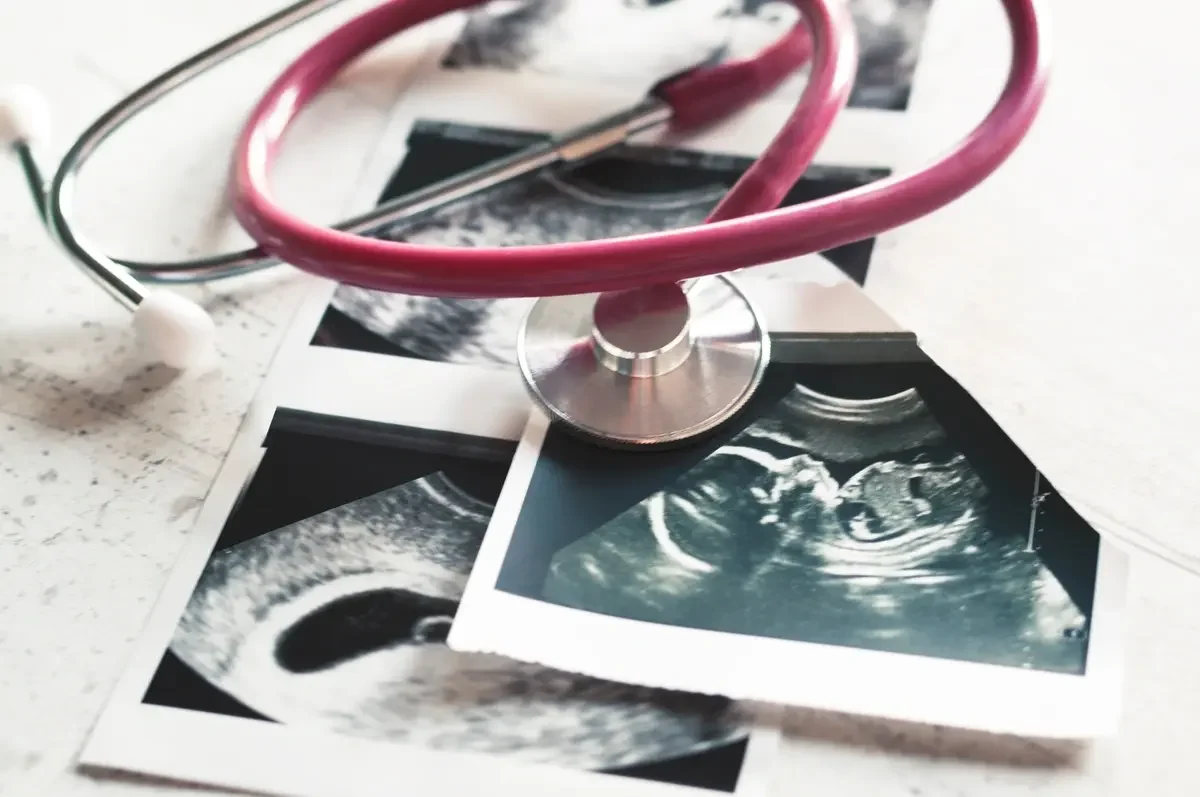Why Lead Aprons Need Annual Radiographic Inspections (X-ray Scans)
We began conducting integrity checks on lead aprons for customers in 2017, and it quickly became clear why aprons should be X-ray scanned annually.
Radiographic inspection using X-ray equipment finds otherwise undetectable damage in protective X-ray garments (such as micro holes) that can compromise the safety of your staff or patients by leading to unwanted radiation exposure.
Regulations for how and how often lead aprons should be screened vary from state to state. Yet, our facility receives garments with hidden, potentially dangerous integrity damage daily.
As a result, annual integrity checks (X-ray scans) are now part of our service package to protect staff and patients best.
We are setting new standards of care by screening aprons yearly as part of our services. It is the right thing to do for safety, regardless of individual state regulations.
In this article, we'll explain the limitations of visual and palpation tests and the potential risks that can be prevented with annual X-ray scanning integrity checks of lead aprons.
Importance of using X-ray Scanning for Annual Inspections
A study on lead apron safety found that small defects in a garment’s integrity can progress rapidly, with an average tear increase of over 270% in 10 months. Our experience aligns with the study’s findings.
Additionally, physicians K. Lambert and T. McKeon performed a study to establish stringent rejection criteria for lead aprons. Their findings suggest aprons should be replaced when defects exceed:
● 15 mm² when over critical organs (thyroid and gonads).
● 670 mm² when along the seams, in overlapped areas, or on the back.
● 11 mm² for thyroid shields.
You are unlikely to notice an 11 mm² hole in your thyroid collar without a radiographic inspection (X-ray scan).
Why Visual and Palpation Tests Aren’t Enough
How much radiation do you want entering your body? Our goal is none.
While visual and palpation tests should be part of regular garment care, they are not a replacement for annual X-ray scanning.
The K. Lambert and T. McKeon study established holes as small as 11 mm² are reason to reject a garment, depending on their location.
As mentioned, you are unlikely to feel an 11 mm² hole in the garment's attenuation with gloved hands when only using visual or palpation tests.
X-ray scanning makes micro-creases, tears, or holes visible. A crease or hole on an X-ray scan contrasts in color compared to the undamaged parts of the apron, making the imperfections clearly visible.
The Risk of Not X-ray Scanning Lead Garments
Improperly inspected X-ray protective garments can pose health risks for staff and patients, as well as lead to legal and financial consequences.
A surgeon filed a lawsuit in 2017 against the hospital he worked at after developing thyroid cancer. The lawsuit states that at least seven people who worked at that same hospital were diagnosed with cancer, and two even died. This was due to improper radiation protection for employees.
Annual integrity inspections of lead aprons are an essential step in basic maintenance to keep your staff safe.
X-ray Scanning Garments In-House vs. Outsourcing
Once you’ve established that annual X-ray scanning of lead garments is necessary, you’ll need a plan of action on how to do it, whether in-house or by outsourcing to a lead garment care provider.
Follow these basic steps to X-ray scan lead garments in-house:
Lay the apron flat on the fluoroscopy table
Scan the item using a low setting
a. Too high of a setting or too much brightness can actually cause damage during a scan
Look for defects
a. Any cracks or tears will show up as contrasting colors or lines
Once the imperfections are visible through the scan, inspecting the size and location will help determine when and if the apron needs to be replaced per the protocols set in place at your facility by radiation safety.
The downsides of scanning garments in-house are that it can be very expensive, time-consuming, and requires expertise. Scanning garments in-house also leads to unnecessary staff exposure and wear and tear on the fluoroscopy tube.
Outsourcing annual inspections not only ensures the scanning is done correctly, but it can also save you from unnecessary money spent, time lost, wear and tear on equipment, and can get the job done in a day or two, as opposed to days and weeks of work.
A new RCS customer previously performed in-house integrity scanning, cleaning, and documentation for 508 lead pieces across nine departments. This maintenance cost the customer $171,538, or $338 per garment.
We include annual X-ray scanning in every service contract, in addition to cleaning and sanitization, repairs, and inventory management.
Outsource Your Integrity Checks to RCS
An annual X-ray examination of lead aprons is necessary to ensure the safety of your staff and patients.
Yearly X-ray scans of your aprons can be tedious and time-consuming. We include this service free of charge with our other services.
Contact us today to learn more and schedule service.




